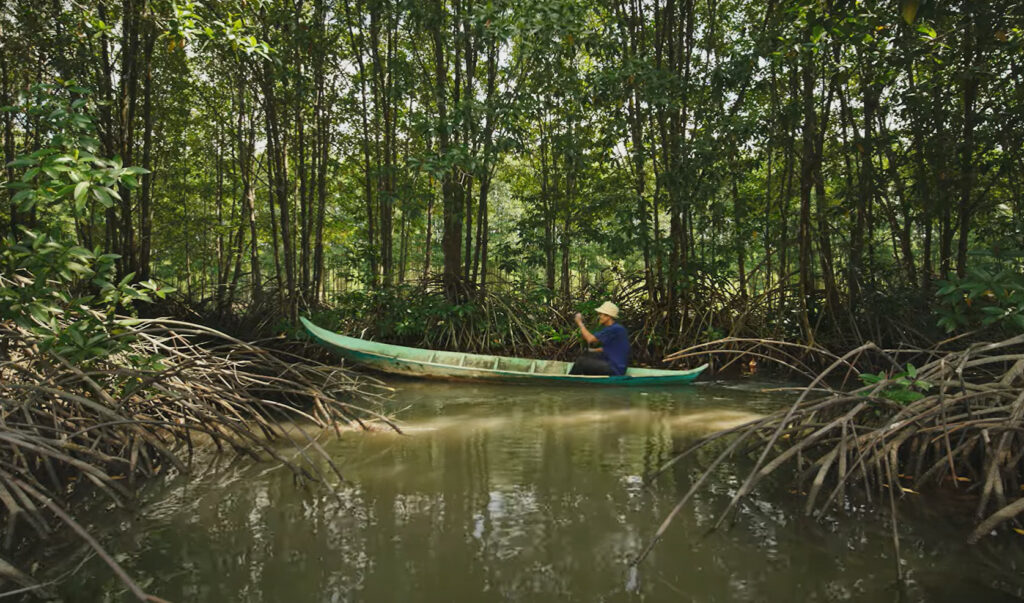How Does BAP Develop a Standard?
BAP is the world’s most trusted, comprehensive and proven third-party certification program for the fastest growing food-production sector, aquaculture. Creating standards that are robust yet able to adapt as best practices in aquaculture is a challenging job. The Global Aquaculture Alliance’s Standards Oversight Committee (SOC) and the BAP technical committees work tirelessly to ensure the aquaculture industry rises to the highest level of food safety, animal welfare, social accountability and environmental stewardship.
Stakeholder engagement, consensus and transparency define the BAP standards development process. Ten years ago, GAA created the Standards Oversight Committee (SOC), a 12-member group tasked with overseeing the standards development process, manage public input and coordinate standards revisions. From the beginning, the SOC included equal representation of industry, non-governmental environmental and social-justice organizations, and academia and regulatory agencies.
“The SOC provides an independent guiding hand that brings supply chain expertise, producer knowledge and deep understanding of social and environmental issues,” said BAP Standards Coordinator Dan Lee.
As such, the SOC strives to align the BAP standards and certification process with international guidelines for aquaculture certification programs, including the UN Food and Agriculture Organization Technical Guidelines and the International Social and Environmental Accreditation and Labeling Alliance (ISEAL) Code of Good Practice for Setting Social and Environmental Standards.
Since its creation, the SOC has met twice a year to discuss and review the BAP standards.
While the SOC oversees the process, the standards are developed and continually updated through the BAP technical committees. Each of the six technical committees are comprised of experts focused on a specific standard. When a technical committee develops a new or revised standard issue, the draft is first released for public comment. A finalized document is then created and sent for approval by the SOC and ultimately by the GAA Board of Directors and BAP management prior to implementation.
To achieve continuous improvement and to ensure the BAP standards represent international best practices, each standard must be reviewed and improved every four years (at a minimum). In addition, the technical committees are tasked with reviewing their respective standards annually.
Today the success of the SOC and technical committees fuels a suite of dynamic BAP standards designed to respond to improved technology, greater scientific understanding and the emergence of new issues in aquaculture.




